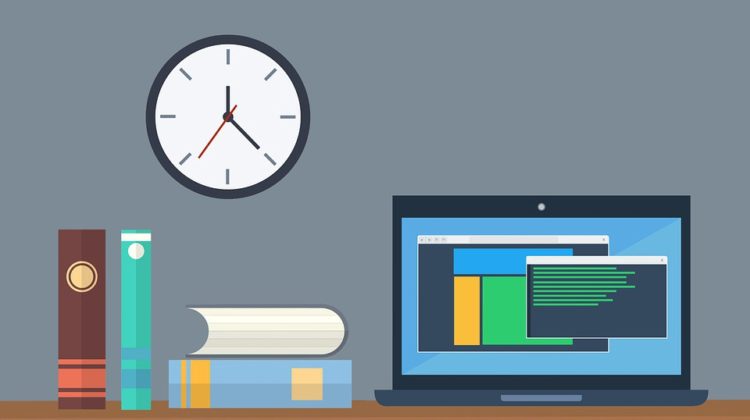
“Live as if you were to die tomorrow. Learn as if you were to live forever” — Mahatma Gandhi
Learning has taken an unprecedented turn ever since the outbreak of the Coronavirus pandemic. The pandemic led disruption in education has affected nearly 1.6 billion students globally with schools shut in more than 160 countries. Simultaneously, it has created an intersection of challenges and opportunities, goading institutions to reinvent the way education is delivered to students. Here, technology has played the role of ‘disruptor cum enabler’. Education delivery has now turned a seamless affair with institutions reimagining solutions to ensure continuity in learning in the virtual mode. The role of technology, however, is not limited to recast pedagogy alone. Academic institutions are looking to exploit technology to automate a suite of administrative processes like payment of fees, conduct of examinations, promoting students to the next grade and so on.
The vision for Education and the hurdles en route….
Quality education is the bedrock of economic sustainability and an inclusive society. An effective school learning braces students for social and civic responsibilities, widens the basket of opportunities, builds resilience of communities and knits a nation and nations together. The United Nations has driven home the import of this vision in its Sustainable Development Goal-4 (SDG) — ‘Ensuring inclusive and equitable quality education and promote lifelong opportunities for all’. But as emerging nations like India made incessant efforts to realize this goal, they faced challenges aplenty. The path to universalize elementary education was dotted with the below challenges:-
· Easy accessibility to schools
· Lack of ergonomical seating arrangement
· Lack of ample trained teachers
· Lack of clean & functional toilets
· Skewed teacher-pupil ratio
· Absence of enough pedagogic tools to impart quality education
Taking note of the ground realities, India launched the Sarva Shiksha Abhiyaan (now subsumed under Samagra Shiksha Abhiyaan) and enacted the Right to Education Act 2009, joining the league of 134 other countries to make education a fundamental right.
And, to ensure continuity in education and learning outcomes, Niti Aayog, the Government of India’s planning think tank, has come out with the School Education Quality Index to appraise performance of states. The index has 30 critical indicators for appraising the delivery of quality education- mainly accessibility, availability (of infrastructure) and learning outcomes. But in the absence of an integrated tracking system for enrolment, attendance and infrastructure, the objectives of primary education are not fully met.
How a Unified interface overcomes woes
ICT tools and automated systems can be useful in improving administration efficiency and enhancing quality of learning outcomes. Think of a technology enabled solution that automates the entire learning cycle! From enrolling students and teachers to appraising educational performance, promoting students to the next grade, enabling education officials to conduct on-spot assessments, recording grievances of teaching staff and facilitating ‘real time’ monitoring of a government scheme designed for school education.
A unified platform adopted by Jharkhand, an eastern Indian state, has reset the way we approach the management of our schools. And, shown the route for ‘digital transformation’ of education delivery. E-Vidyavahini, a unified platform available both as a web portal and mobile application, uses analytical dashboards and MIS to capture an array of key parameters- school infrastructure, delivery of schemes, programme implementation, enrolment rate, learning outcomes, academic initiatives etc. The system offering ‘real time’ monitoring of attendance performance of both students and teacher, is equipped with a digitized tracking learning format to evaluate performance of students, enables real time monitoring of Mid-Day Meal scheme, keeps tab on the availability of school infrastructure and helps raise grievances with an auto escalation matrix.
With its unified database of schools, students and teachers and a scalable architecture, solutions like e-Vidyavahini can help states in monitoring key educational outcomes, ensure accountability in the system and frame better policies. In Jharkhand for example, the project has covered 190,000 teachers and 15 million students in 50,000 schools.
The need for automation in education will spike and with it the deployment of contactless technologies like Artificial Intelligence (AI) and Robotic Process Automation (RPA). To illustrate, the market for AI and RPA in US education is slated to reach $85 million by 2022. This is not to suggest that Androids will substitute teachers in a live classroom. Automation will serve best when it takes over tedious processes. Technology, thus, will not replace processes but complement them and transform the way we deliver learning.
